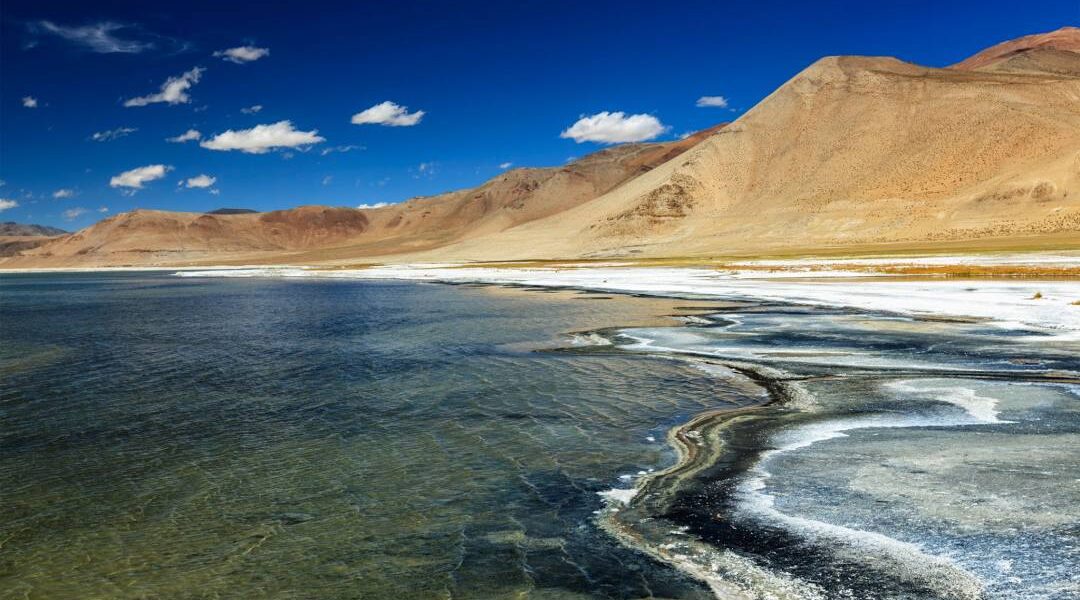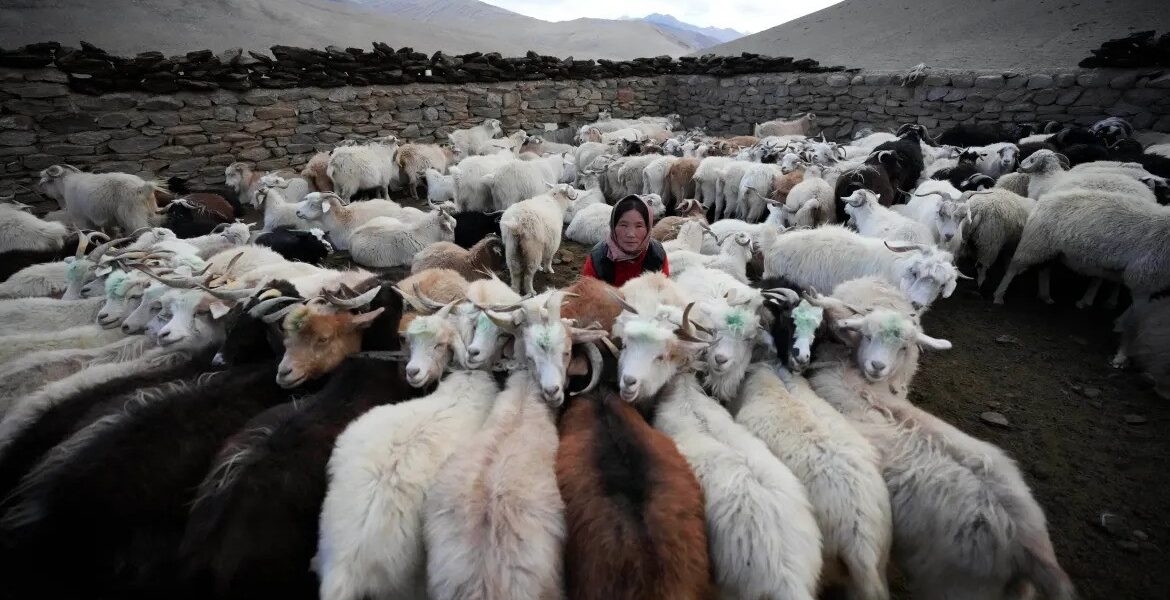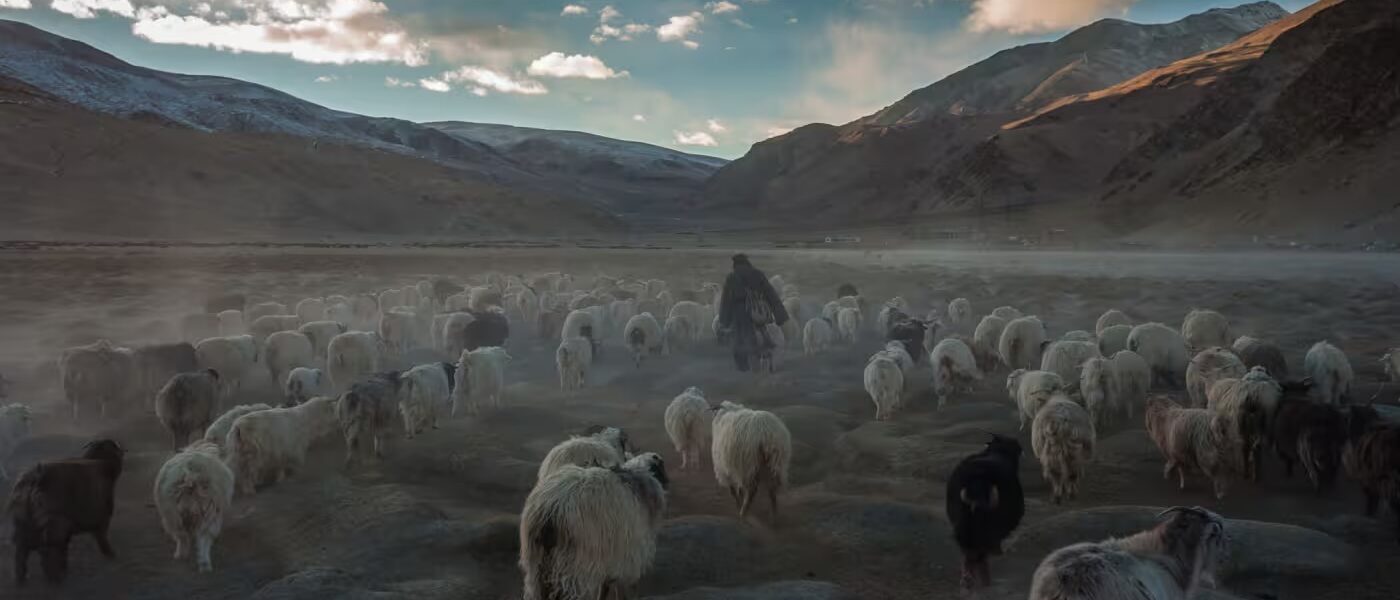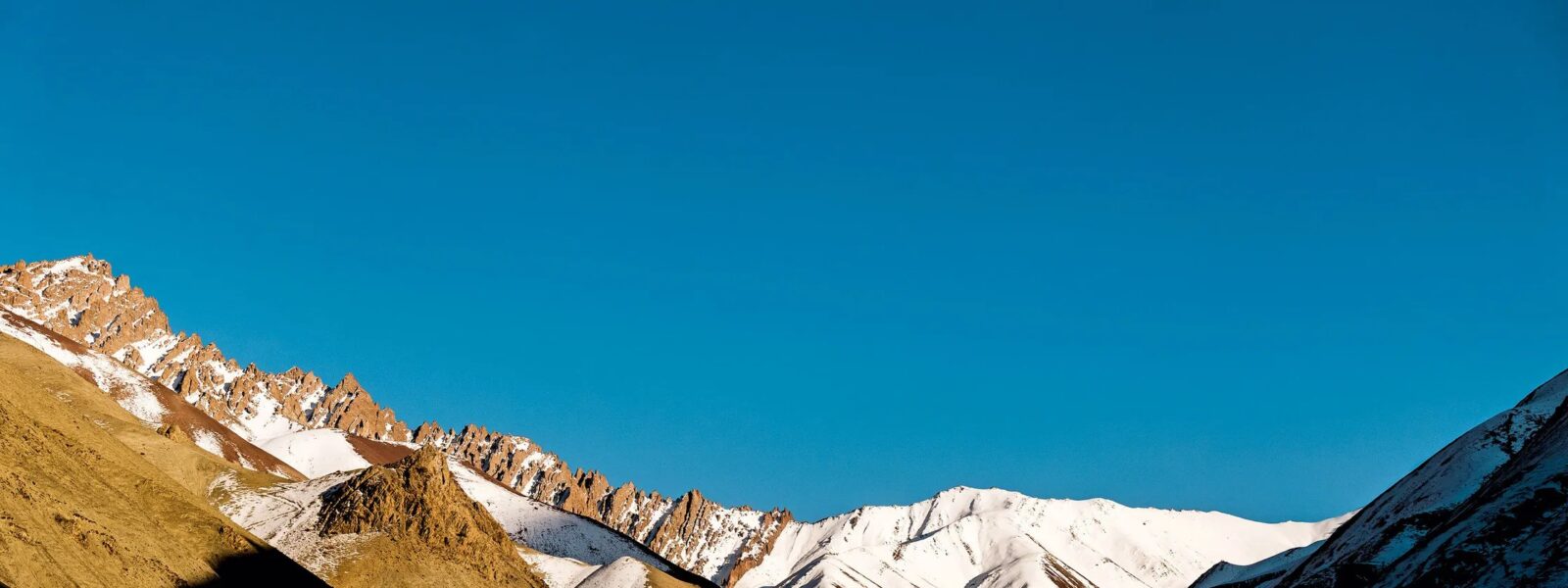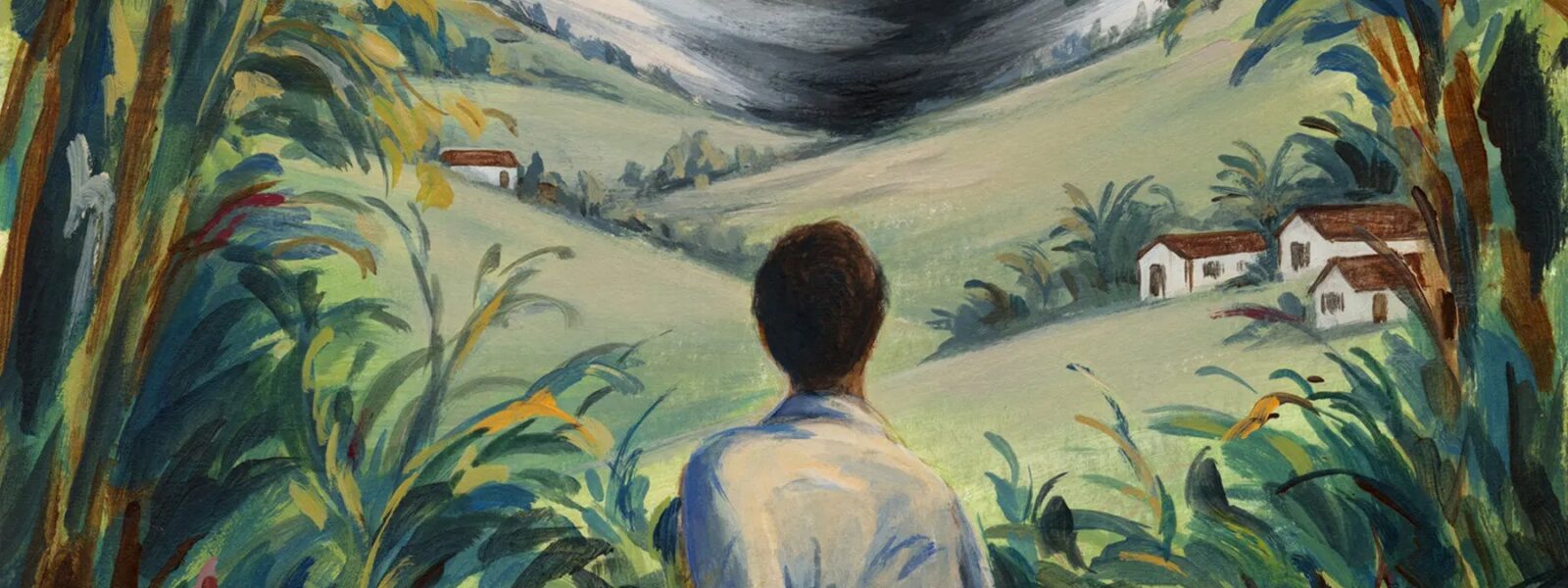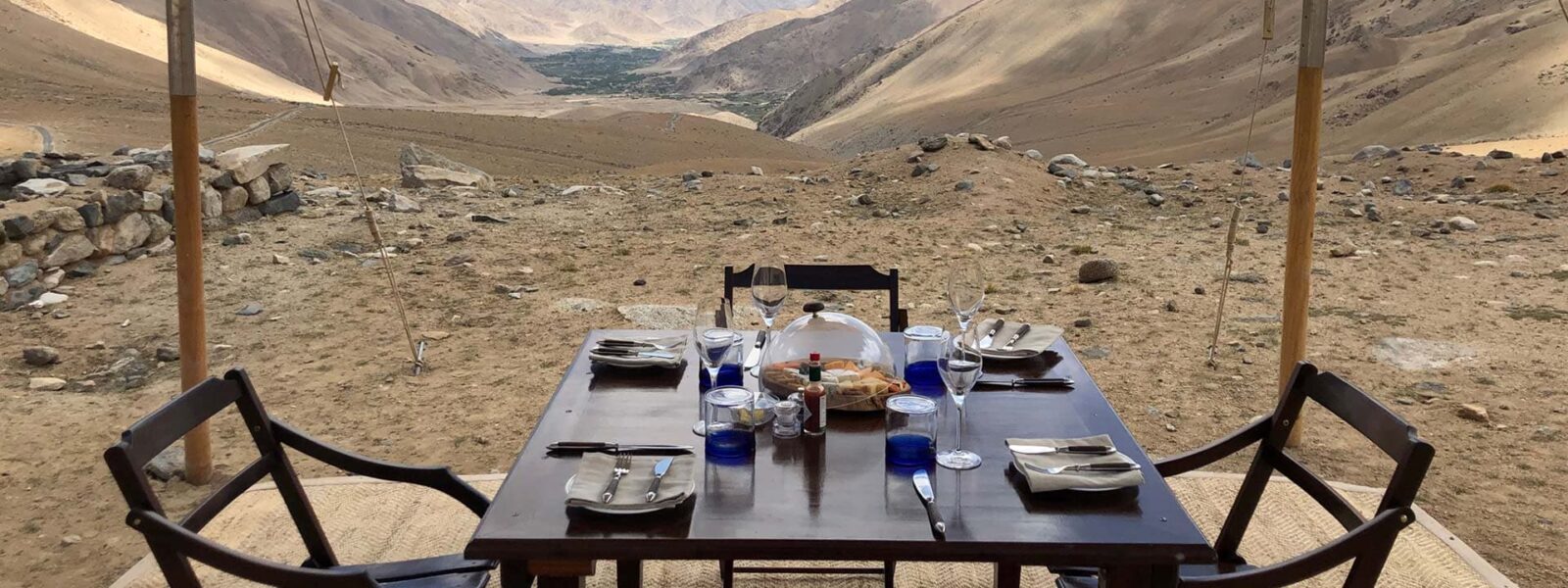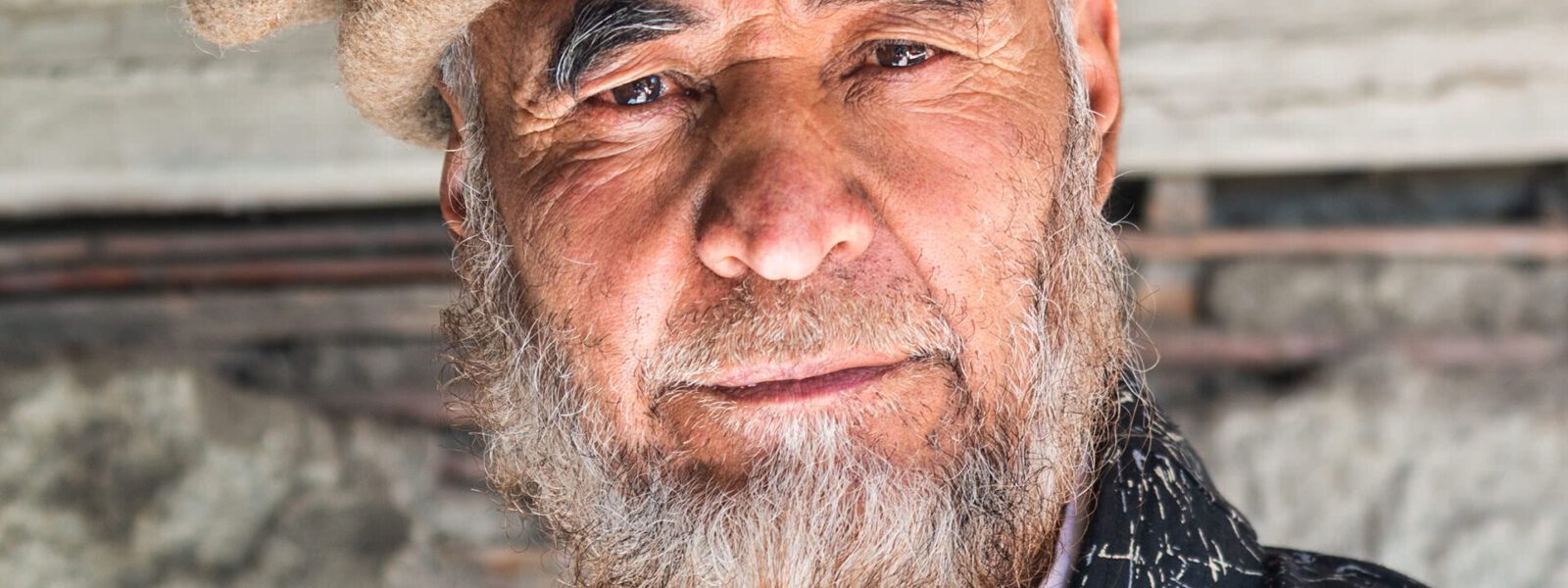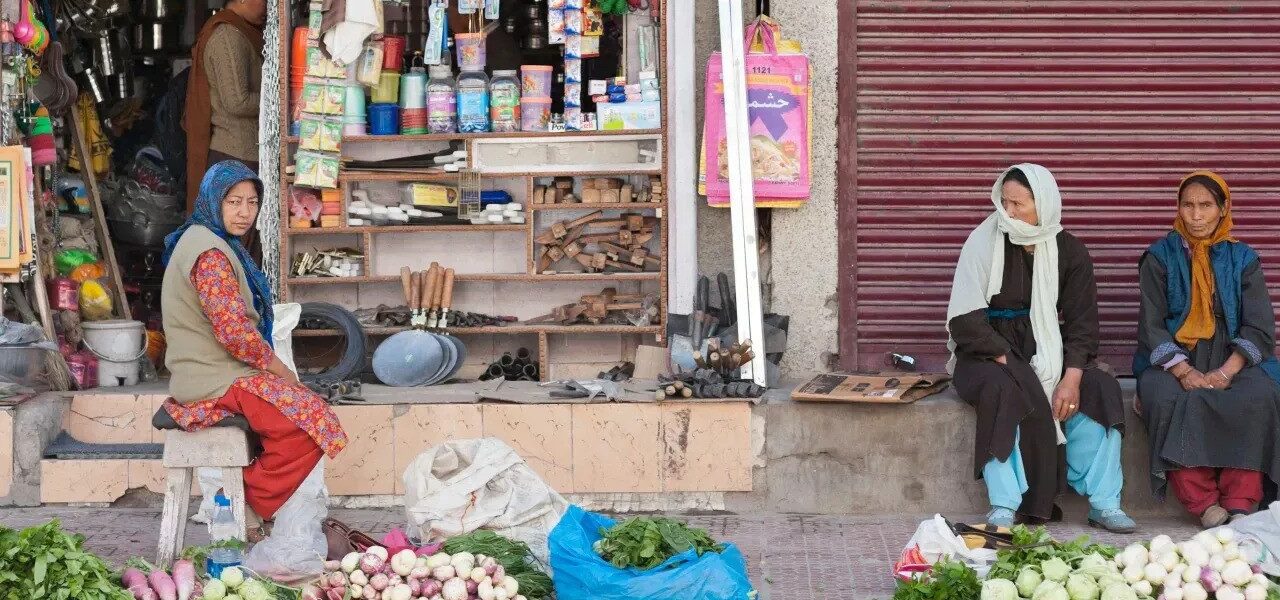Where the Wind Whispers Salt — First Glimpses of Tso Kar
The wind arrives before the lake. It scrapes the hollows of the basin like a dull chisel, reshaping the silence into something brittle and sharp. I first saw Tso Kar Lake not as water but as a reflection — a pale gleam in the corner of my eye, shimmering on the horizon of Ladakh’s Changthang Plateau. In the high-altitude light, everything flattens. Distance becomes illusion. What appears close is hours away, and what looks barren is teeming with secrets.
Locals call it the White Lake, though it is rarely white and less often a lake. Its shallows have dried into salt pans. Bone-dry wind etches strange geometric patterns into the surface — mosaics of cracked minerals that shift underfoot like dried skin. My boots left no real trace, only the powder of crushed salt and an ache rising through the soles.
This is not a place for people. Nor is it a place to conquer. It is a place to cross — like a desert, or a forgotten thought. You do not walk here for views or photographs. You walk to learn what silence tastes like. I could feel the altitude coiling in my chest, a pressure that whispered I did not belong. At over 4,500 meters, Tso Kar Basin welcomes no one. It observes. It waits.
Behind me, the road from Pang had long disappeared, swallowed by ochre ridges and wind. Ahead, the salt flats of Tso Kar opened like a sheet of old parchment, fragile and creased. I had read about the Rupshu Valley, about its wildlife and raw beauty — the kiangs that gallop in the distance, the black-necked cranes that nest by its brackish shores. But reading and walking are different things. On paper, the lake is majestic. Underfoot, it is hostile and real.
A shepherd passed me on the trail without a word, his eyes shaded by a woolen scarf, his pace more memory than movement. His goats followed, ghost-like in the dust, their hooves tapping on the basin’s salt skin. Here, survival looks like a daily act of faith. Each footprint into the crusted earth seemed to question the very logic of living in a place like this.
For those arriving from Europe or anywhere soft and green, the first glimpse of Tso Kar is not beautiful in the way we understand beauty. It is stark, exposed, uncompromising — and that is precisely its allure. It challenges our ideas of what is habitable, of what should be admired. It refuses to entertain.
And yet, I kept walking toward it. Toward its salt, its silence, and its secrets.
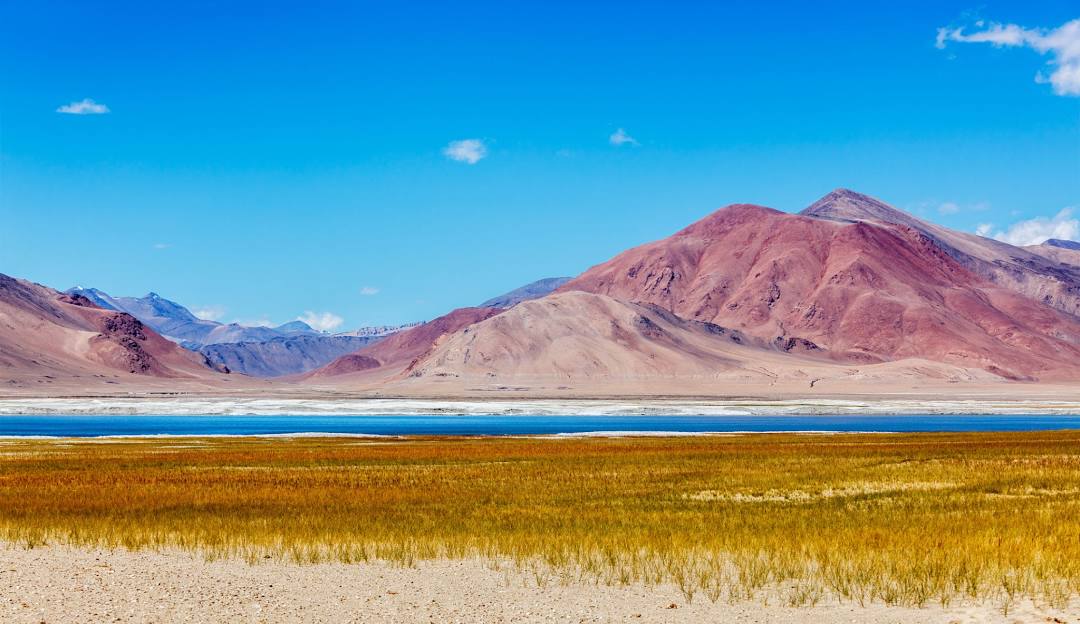
Between Two Silences — The Start of the Trek
There are silences you enter, and there are silences you carry. The one that met me just outside Pang was the first kind — impersonal, vast, unwelcoming. A silence stretched so far across the landscape it felt geological, like something carved into the bones of the Rupshu Valley long before men ever wandered here. It was here that I began the walk, not toward a destination, but through absence itself.
The road had ended at a dusty camp where army trucks doze beside canvas tents. From there, I left the last suggestion of motion behind. My path curved southeast toward the steaming earth cracks of Puga Valley, where sulfur hung in the air like an unanswered question. Boiling springs hissed beneath the crust, and the land here did not feel like land — it trembled like skin over something furious.
I walked slowly, not out of caution, but because the air was too thin to allow otherwise. At over 4,500 meters, acclimatization becomes less a strategy and more a negotiation with your own blood. My heart beat not in my chest but in my skull. Each step was a paragraph, slow and deliberate. It was not a trek — it was transcription.
The trail was a faint suggestion, a series of guesses worn into earth by nomads and kiangs. Every now and then I would find dung, or the strange signature of hoofprints, or a prayer flag bleached into transparency by sun and wind. Time behaved strangely here. Hours passed without landmarks. Shadows refused to move. My boots became salt-crusted early — not from the lake, but from my own body leaving itself behind.
Few visitors walk this way. Most arrive at Tso Kar by road. They photograph the lake, touch the white earth, and leave before the wind can speak. But to cross the Tso Kar Basin on foot is to erase everything soft in yourself. It is a remote trek, a crossing in the truest sense: from noise to stillness, from indulgence to scarcity.
I had packed light — rice, salt, tea, a single book. No tent. Just a mat and the confidence of stars. The nights would be cold, the ground hard, the lungs unruly. But I was not here to sleep. I was here to listen to a place that says nothing at all, and yet speaks in every grain of dust that lifts into the air with my steps.
If you ever find yourself in this part of Ladakh — near Puga’s geothermal springs or the gravel plains west of Tso Kar — leave the vehicle. Walk. Let the silence begin before the lake does. That’s where the real basin lies.

The Salt That Burns the Feet — Walking the Basin
At noon, the basin flattened into a mirror of glare. Shadows vanished. The sky hardened into cobalt. I had entered the true heart of Tso Kar, where the lake had withdrawn, leaving behind nothing but its memory — a crust of salt, blinding and brittle, hot enough to warp thought. The air shimmered. There were no trees, no birdsong, no sound beyond my own steps and the distant, shifting wind.
Then a movement. At first I mistook it for heat distortion, but it grew sharper — a dark line rippling across the horizon. A band of kiangs, the wild asses of Ladakh, galloped westward, their heads high, their hooves striking the salt like war drums. No photographer was near. No binoculars. Just me, their dust, and the thunder in my chest.
To walk the salt flats of Ladakh is not to walk on earth, but on the bones of water. The crust breaks beneath you in places, crunches in others, leaves cuts on your boots and bites on your ankles. I had not expected the salt to rise in the air — fine, floating particles that stung my eyes and filled my throat. Breathing became effort. So I drank little and walked slower.
And then — a sound. Distant, fluting, hollow. From the lake’s edge came a pair of black-necked cranes, tall and unreal, stepping between pools of brine like figures from myth. They called once, twice. Then they were silent again. I had read about these birds, had seen them in books. But in that moment they were not a species — they were a presence. The only sound in a country made of absence.
I stopped walking. Not out of awe, but because the basin would not let me go further yet. The silence was thicker here. It pressed against the ears, the ribs, the soul. My thoughts no longer followed sentences. They came in single words: white, dry, wind, burn. And beneath it all: stillness.
For the next hour, I saw no living thing. Only salt. Only the soft rumble of my own blood in my ears. I began to forget how long I had walked, or why. The basin rearranged my sense of time and purpose. It was no longer a trek. It was a passage — through air, through light, through the self.
Those who come to Tso Kar Basin by road will see a landscape. But those who walk it will feel a process — the slow subtraction of the unnecessary. There is no room here for clutter, for noise, for identity. Only salt. Only dust. Only breath.
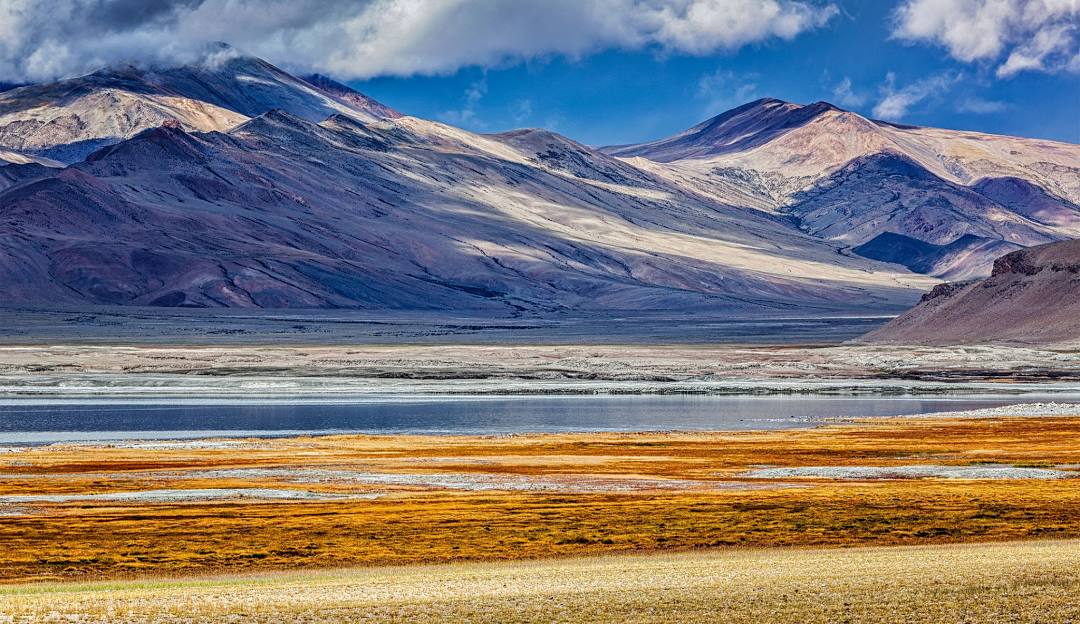
Encounters with the Changpa — Tents Tethered to the Wind
It happened without warning. One moment, the landscape was empty. The next, it wasn’t. A cluster of low, black tents appeared — not pitched but planted, like ancient stones stitched to the earth. Smoke rose from one, pale and wavering, drawn sideways by the wind. I had arrived at a Changpa encampment, though no road, no sign, no map had told me it would be there.
The Changpa are the people of wind and wool. They move with their herds across the Changthang Plateau, following ancient instincts more than plans. I approached slowly, my footsteps loud on the salt-encrusted ground. A boy emerged first — no more than eight — his cheeks red with cold and sun, his hands busy with twine. He looked at me, said nothing, then vanished back into the shadows of a yak-hair tent.
Soon after, an elder stepped out, wrapped in layers the color of earth and stone. We exchanged nods, not words. Here, language is mostly gesture. He offered tea without question. Salted, buttered, heavy with warmth. We sat by the doorway, watching the light shift across the plain. The wind pulled at the tent ropes, but the knots held — tents tethered to the wind.
There was talk, eventually. Sparse, like the land. He spoke of winter, of lost sheep, of storms that last three days and deaths that come in silence. He asked no questions of me. My presence did not surprise him. Nothing surprises a man who has seen his whole world covered in white and clawed by wind.
What struck me was not their resilience, but their rhythm. The way they moved inside this hostility without resisting it. Their livelihoods are stitched into salt, wool, and altitude. They do not conquer the land. They cooperate with it. A philosophy few modern travelers understand — and even fewer live by.
Before I left, the elder handed me a handful of salt, roughly wrapped in cloth. “For your journey,” he said, in a Ladakhi dialect I barely caught. That salt had value once — real value. For centuries, caravans crossed these flats carrying salt to barter in the valleys below. That trade is gone now, replaced by packaged goods and truck routes. But here, the gesture remained.
As I walked away from the encampment, the tents shrank into the earth again. Soon, they were gone. Only a faint scent of smoke remained, and the memory of a boy’s silent gaze. In a land where the elements erase everything, it is the human that lingers longest.
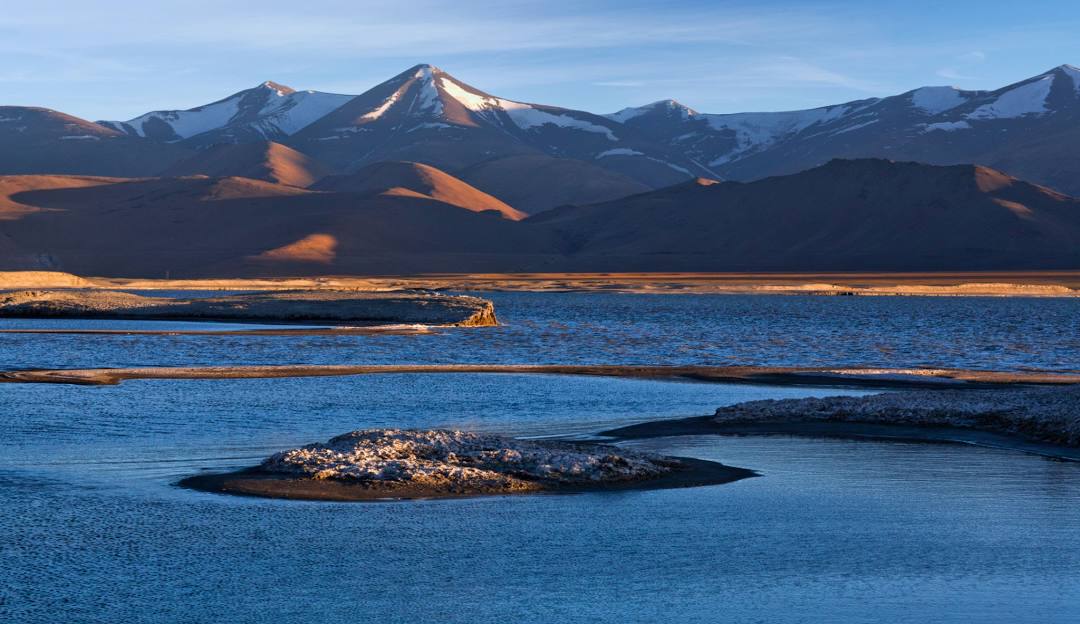
Nights on the Edge of the Earth — Cold Fires and Star Maps
Night falls fast in the basin. One moment the world is pale blue and open; the next, it folds in on itself like parchment curling in flame. The temperature drops with theatrical cruelty. By dusk, the salt beneath my feet had hardened, and the wind arrived with intent. It pulled at my collar and cut through my blanket. There was no shelter. Only a depression in the land and the memory of the Changpa’s tea.
I built a fire. Or rather, I arranged a fire — a hesitant construction of twigs, dung, and wishful thinking. It smoked but did not burn. The flame never caught fully, but the ritual was enough. I crouched beside the embers, cupping my hands, watching the sky deepen into ink. Cold fires, and the warmth of effort alone.
Above me, the stars took over. Not twinkling, but glaring. The sky in Tso Kar Basin does not reveal itself gradually. It detonates. Tens of thousands of points, each fixed, unblinking, cruel in their precision. I recognized none. These were not the stars of home. There were no constellations here — only patterns that meant something long ago to people who moved by instinct, not by compass.
Sleep was a negotiation. The mat was thin. The air thin. My body curled inward for warmth. I dreamt in fragments. A crane’s call. The gallop of hooves. The boy’s eyes. The elder’s hands. The salt. Always the salt. In the basin, dreams are shaped by what the land chooses to return to you.
Around 3 AM, I awoke to silence so complete it rang. No wind. No animal. No sound but the click of my own eyelids opening. I stepped out into the frost to relieve myself and found the Milky Way spilling across the sky like a wound. Beneath it, the basin looked almost soft. It was a lie, but a beautiful one.
There are places in this world where one night is enough to rearrange your sense of scale. Tso Kar is one. Not because of its drama, but because of its refusal to comfort. It lets you lie down beneath its sky, but it does not offer peace. It offers clarity.
By morning, the frost had set like a second skin. I packed my things slowly. My hands were stiff. My breath hung in the air like an apology. The sun cracked over the ridge, dull and delayed, and I began walking again — toward another silence, another basin, another sky.
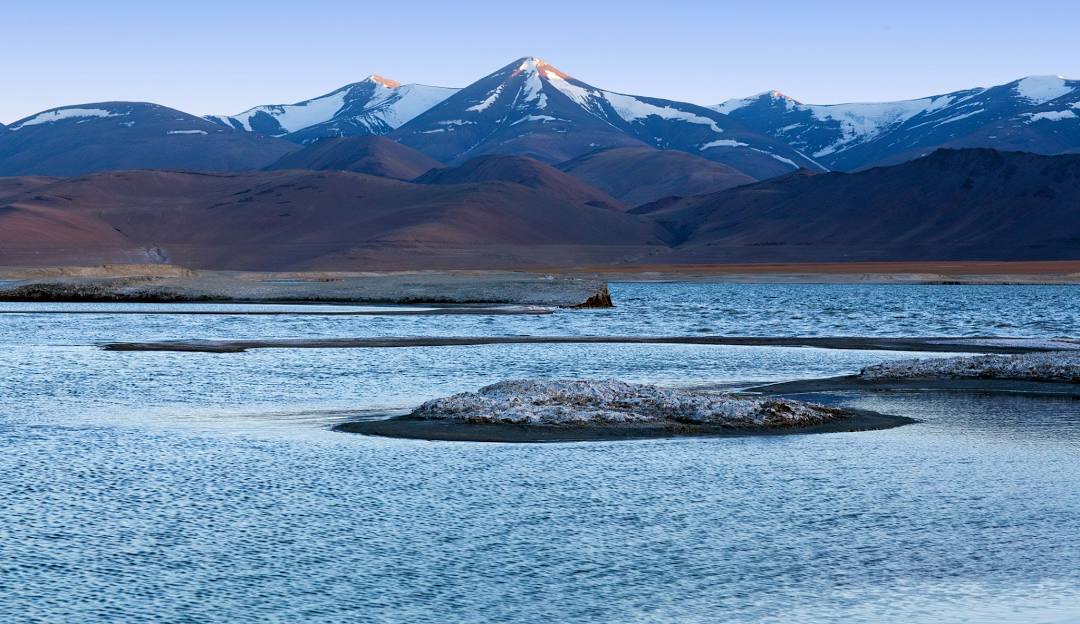
To the Waters Beyond — Tso Moriri Beckons
I left the salt behind without ceremony. There were no markers, no transitions — only a gradual thinning of the white crust, a softening of the terrain, and the faint taste of mineral in the air. Tso Kar Basin fell away behind me like a chapter turned. Ahead, the land undulated gently, its colors shifting from bone to ochre to something almost green. A promise was unfolding. Tso Moriri was near.
They say it is a lake of sapphire. But on that morning, it was invisible — hidden by ridges and clouds, held close like a secret. I kept walking, letting the hours lengthen without resistance. My boots, once white with salt, had returned to earth tones. My mind, too, had changed texture — less brittle, more open. The silence remained, but it no longer weighed. It floated.
Somewhere along the route, I passed a stone cairn wrapped in sun-bleached prayer flags. They fluttered in silence. No wind. No voice. Only the long, deliberate breath of the plateau. I paused. Ate the last of my dried apricots. Drank melted snow from a tin. My body ached, but it no longer protested. We had reached an agreement: the walk would end, but not yet.
And then — as if drawn in charcoal against the sky — the first glimpse. A sliver of blue so sharp it seemed unreal. Tso Moriri. Not the wide expanse I had imagined, but a narrow beginning. A suggestion. A soft invitation after the severity of salt. I quickened my pace not out of eagerness, but gratitude. Water, at last.
The last kilometer was deceptive. The lake receded as I approached, hidden again behind ridges. But I had seen it once, and that was enough. It called not like an oasis, but like a return. The journey across the salt had stripped me down to function — movement, breath, thirst. Tso Moriri offered a kind of reflection. Not rest. Reflection.
Few who drive to Tso Moriri from Leh or Korzok will feel what it means to arrive here on foot. To cross from salt to fresh, from silence to wind, from blinding flatness to shimmering depth. This is not a trek. It is a translation — from one element into another. A personal geology.
I sat by the lake’s edge until the sun lowered. The water held the sky with unbearable clarity. Not a ripple. Not a breeze. Just blue and blue and the memory of white behind me. In that moment, there was nothing to say. The basin had spoken. The water had replied. My part was only to listen.
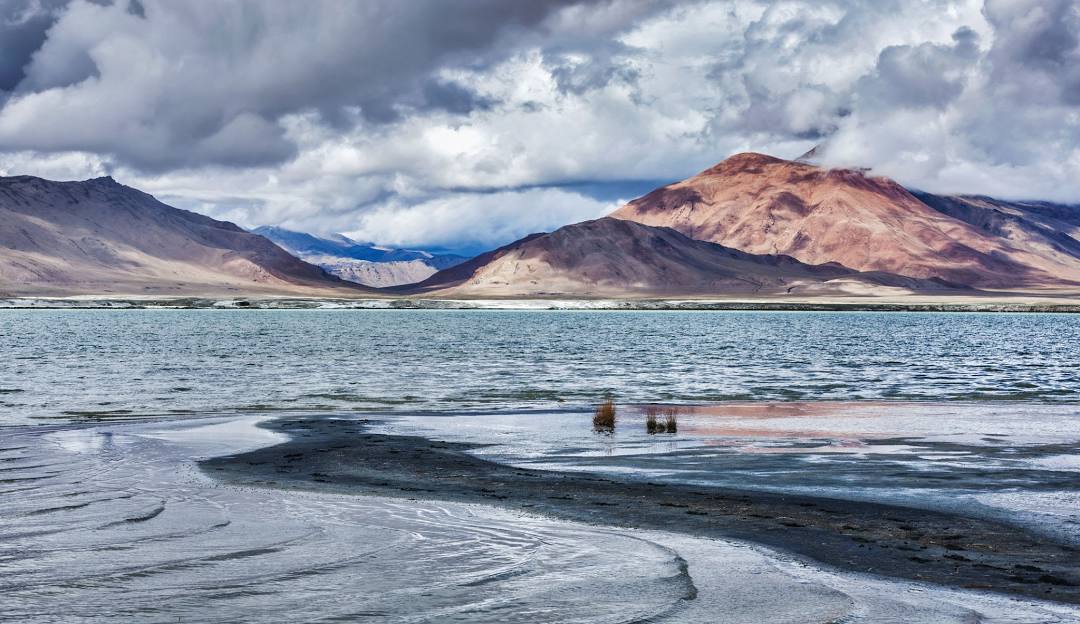
What the Salt Remembers — A Final Reflection
The salt did not wash off easily. Even after hours beside Tso Moriri, soaking my boots, rinsing my face, scrubbing my hands, it lingered — in the creases of my pack, in the cuts on my knuckles, in the seams of my thoughts. Tso Kar had left its mark, not as a memory, but as residue. The kind that stays when all else fades.
I had not crossed a pass. I had not scaled a summit. And yet I had crossed something invisible and immense. The basin had taught me nothing directly. It offered no wisdom. But it rearranged me in small, stubborn ways. It stripped language from my mouth and filled it with silence. It reduced beauty to texture and time to shadow.
There is a kind of humility that only landscapes like these can offer — not the humility of awe, but of erasure. You are not small here because something else is large. You are small because the land does not need you. The salt remembers wind, hooves, feathers, dust — but not you.
And still, you walk it. Not to be remembered, but to remember differently. To carry the texture of dryness in your breath, the sound of silence between your ears, the clarity of star maps burned behind your eyes. These things follow you home. They enter your dreams. They change how you walk even on wet city streets.
I do not expect to return to Tso Kar. Some places are not meant to be visited twice. But I carry it still — not in photos or stories, but in the way I now pause before speaking, the way I let stillness grow inside a sentence. Salt does not forget. And neither, if you’ve crossed it on foot, will you.
For those seeking adventure, Ladakh offers many peaks, many paths, many views. But if what you seek is transformation through terrain, then walk the salt. Walk it until your boots wear thin and your mind opens wide. Let the basin say nothing to you. That will be more than enough.
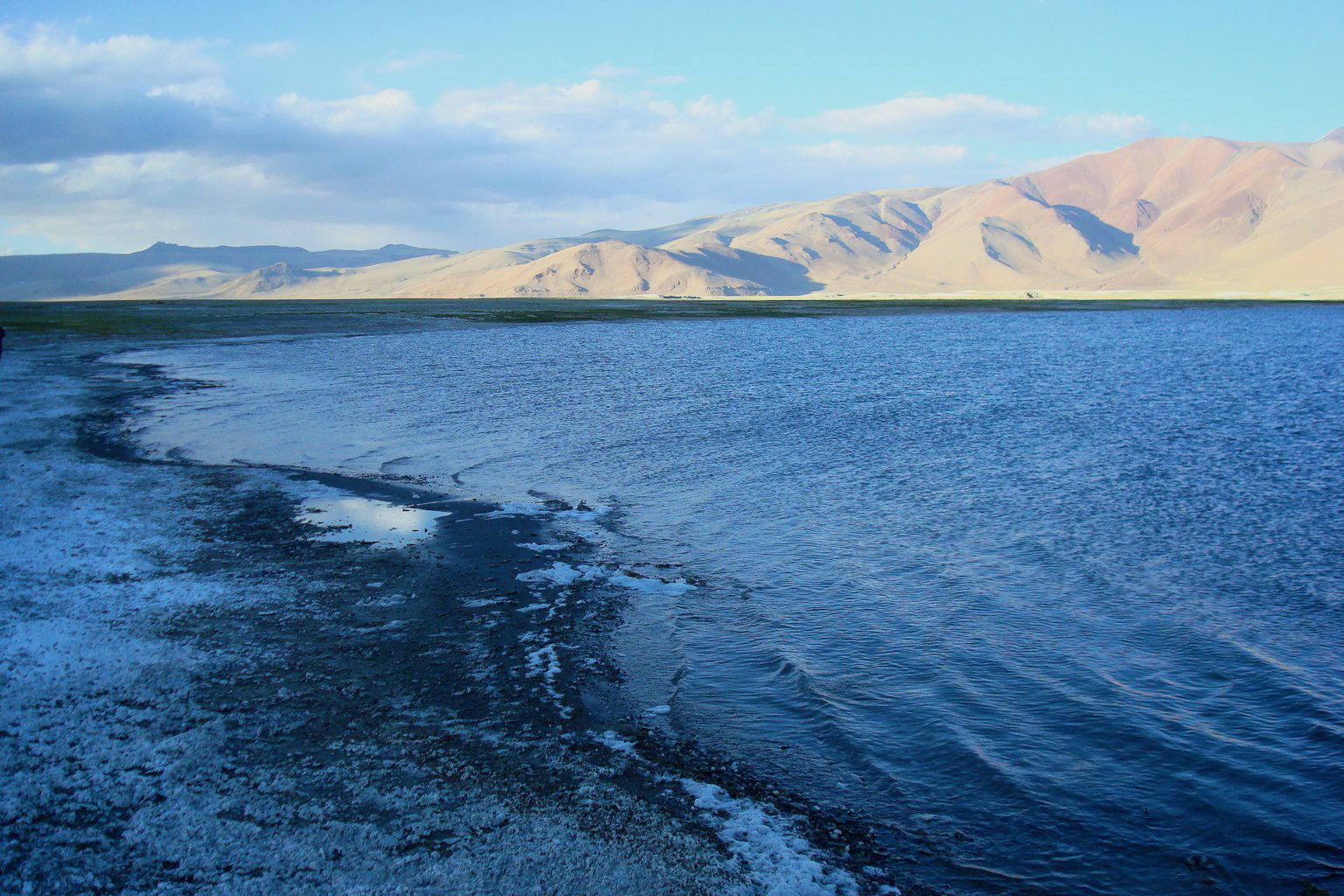
Edward Thorne is a British travel writer and former geologist whose prose is marked by sharp observation, restrained emotion, and an unwavering devotion to the physical world.
He does not describe feelings — he describes what is seen, heard, touched. In his writing, the land speaks first. And in those descriptions, readers find the silence, awe, and disquiet of remote landscapes that defy explanation.
With more than a decade spent mapping terrain across Central Asia and the Indian Himalayas, Thorne’s work bridges the scientific and the poetic. His words are not crafted to entertain, but to immerse — inviting readers to listen with their eyes and walk with their breath held.
He divides his time between a stone cottage on the Isle of Mull and a rented room in Leh, Ladakh — two worlds linked by wind, rock, and solitude.

